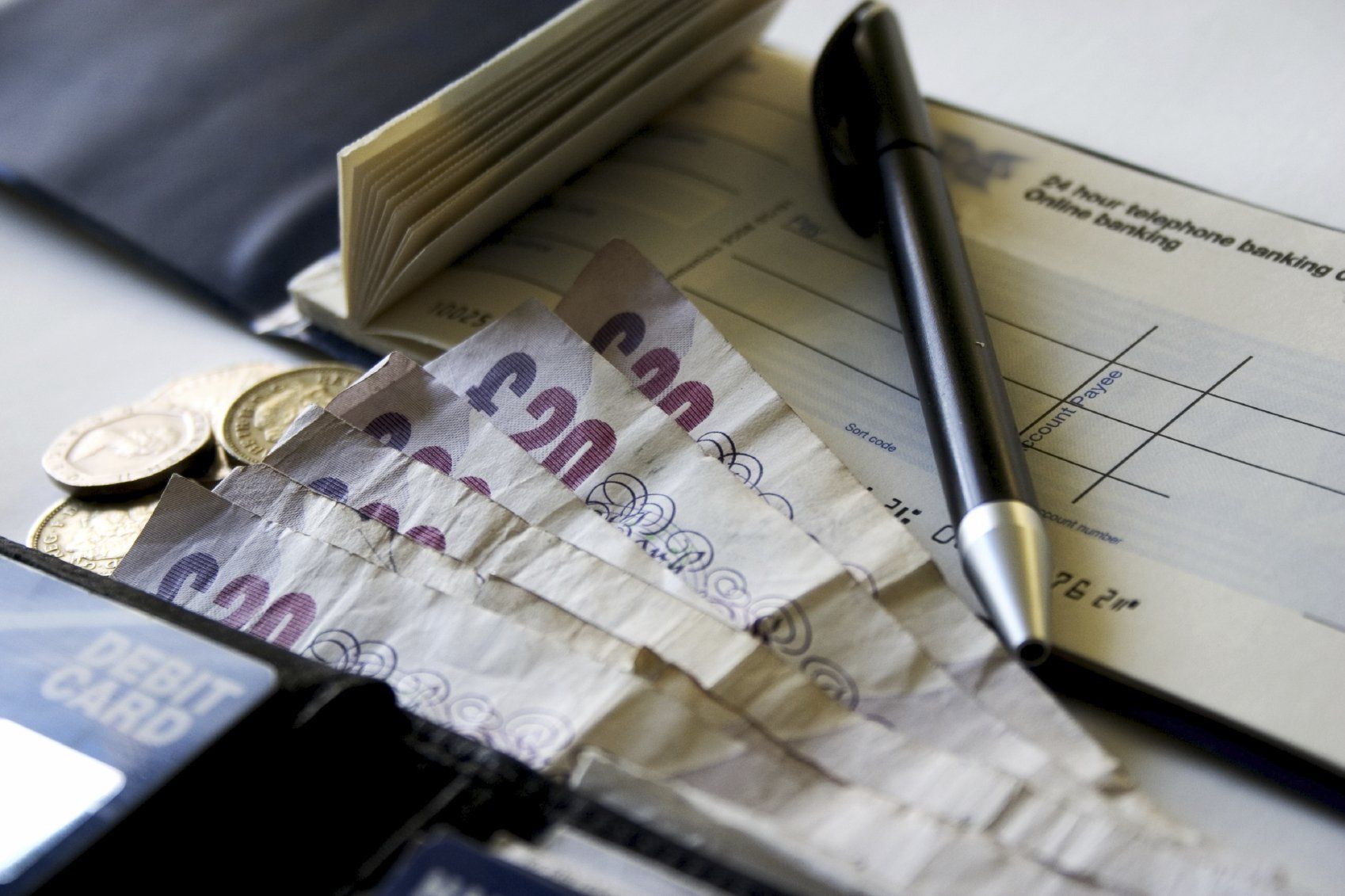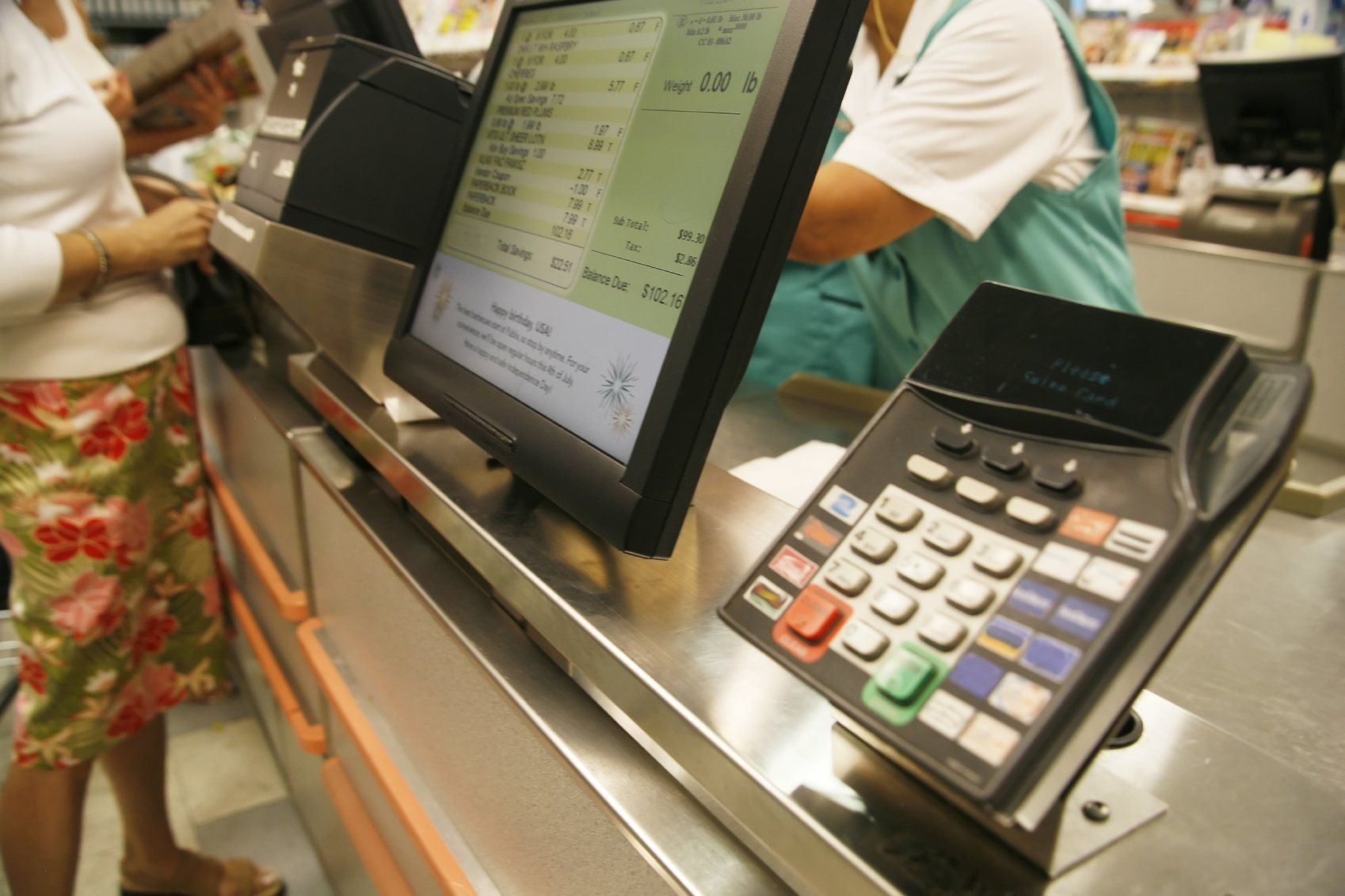Anyone who has been in business a while will know how important it is to check your records are accurate; as my teacher once said, “a 1p error in one place can be disguising £1000.01 of errors in other places.” Reconciling the books is an excellent way to check your records are accurate.
The process of reconciliation has a number of checks and cross checks so that if you make a mistake in one place, it gets found in another. But before beginning to cross-check, you will need to enter any missing data, such as bank fees.
You’ll need your bank statement, something to “tick” each item off with (I like using a pencil), your cash book, and all relevant paperwork (receipts, invoices, bills etc.). I also like to have a ruler as not all bank statements have the grid lines marked; a ruler makes it easier to keep my place.
Starting with the cash book; check all transactions you have paperwork for have been recorded accurately. This will make it much easier and faster to reconcile your cash book to the bank statement. If you are using different methods of payment (e.g. card and bank transfer) it will help to make a note in your cash book as these will take different amounts of time to show on the bank statement.
Next; starting with the oldest transaction on the bank statement, check each item has been recorded correctly in the cash book. Mark every item on the bank statement and cash book when it has been checked. If something is missing, add it in. some transactions are always on the bank statement but don’t come with backup paperwork, for example bank fees. If something is already in the cash book but not on the bank statement, don’t worry, it’s probably on the next one (this is most likely to happen with cheques and transactions that occur close to the end date of the statement). I like to copy the missing item a few lines below the last entry so I can easily find it next month.
Using the paperwork to confirm the figures in the bank are correct is a good way to confirm, for example, that the rent bill for £200 was paid in full and the money for invoice 156735 has been received. If you find only part of a bill has been paid, look later in the month to find out if the error has already been spotted and corrected. If it’s not been sorted, correct the cash book entry to match the bank statement and add a line below (where the missing items are) showing the outstanding amount. It’s also worth making a note to sort this as soon as possible as some businesses charge late fees. Do similar with all of the invoices, making a note of any not yet paid in full so you know which ones need chasing. I also recommend marking every bill that has been paid in full as “Paid in full” to help you keep track.
If you’re using spreadsheets, it’s time for your first cross-check. Look at the running total. If this agrees with your bank statement, you’ve probably got all of the transactions recorded correctly. Don’t worry too much if the running total mid-month doesn’t agree; you’ve probably entered the transactions in a different order to the bank. But, if the month end figure disagrees, you’ll need to check the cash book against the bank statement again. If the figures still don’t agree, check the formulas in the spreadsheet for typos.
The next check looks at the grand totals. At the end of the month (or on the date your bank statements are produced if this is different) draw a line under the last entry and total up every column for that month. This will give you the monthly total income and expenses. Next enter a formula that takes the starting balance (or closing balance from the previous month), adds the income and subtracts the expenses, as shown in the spreadsheet below. If the figure matches the closing figures on the bank statement and the final figure on the running total, happy days. If they do not match, there is an error that must be found. The error is most likely to be an item of income recorded as an expense, or vice versa.
If you have an analysed cash book, there’s one more important check you need to make. Look at the totals for every column of income and expense and ask yourself if that figure makes sense. Would your start-up business really spend £5000 on Paypall fees?
Many accounting packages try to do this for you, but it’s important you check it. As my brother (and IT fix-it) says “A computer program is only as clever as the person who programmed it,” or put another way, “If you give the computer bad instructions, it’ll keep following them because it can’t tell the instructions are bad.”
If you’re struggling or you need further help reconciling your accounts, get in touch for some expert one-to-one advice and tuition.













